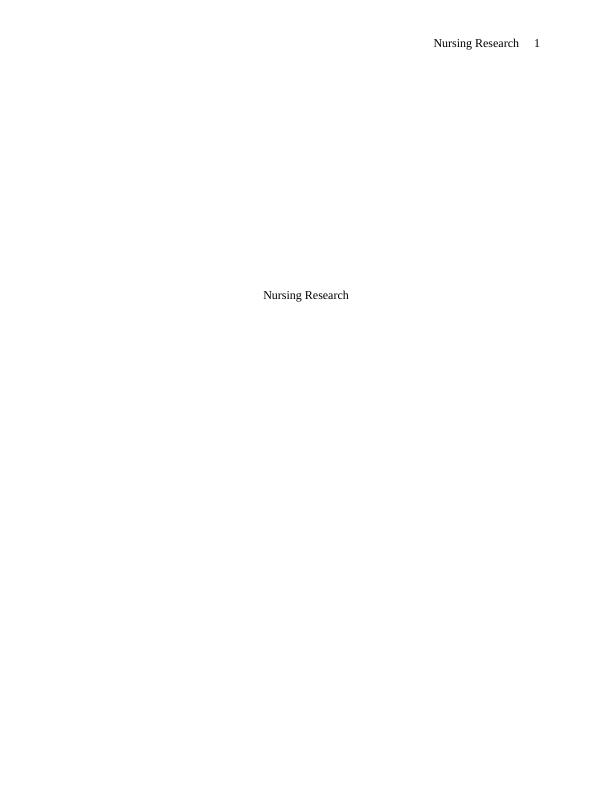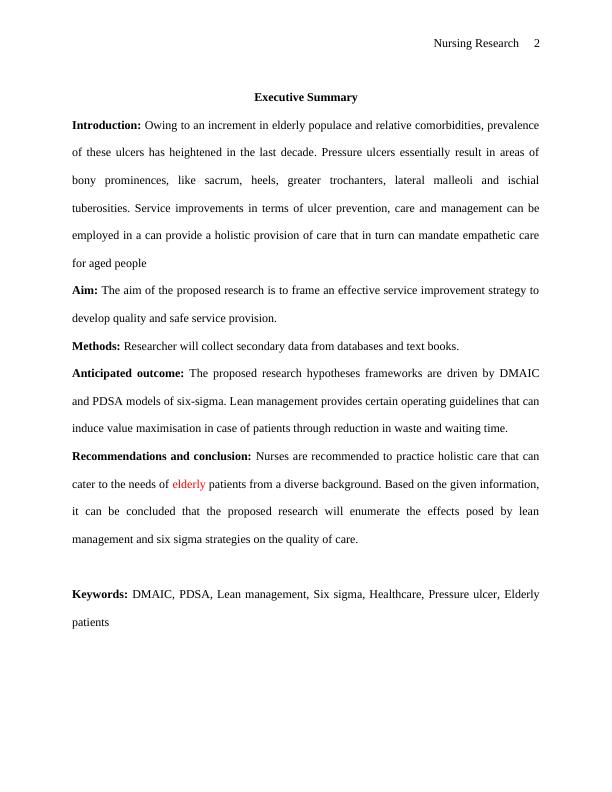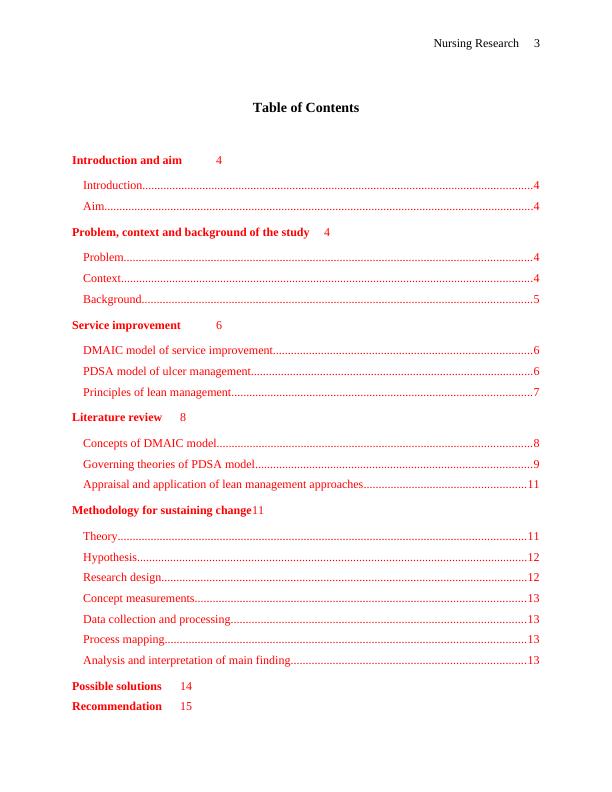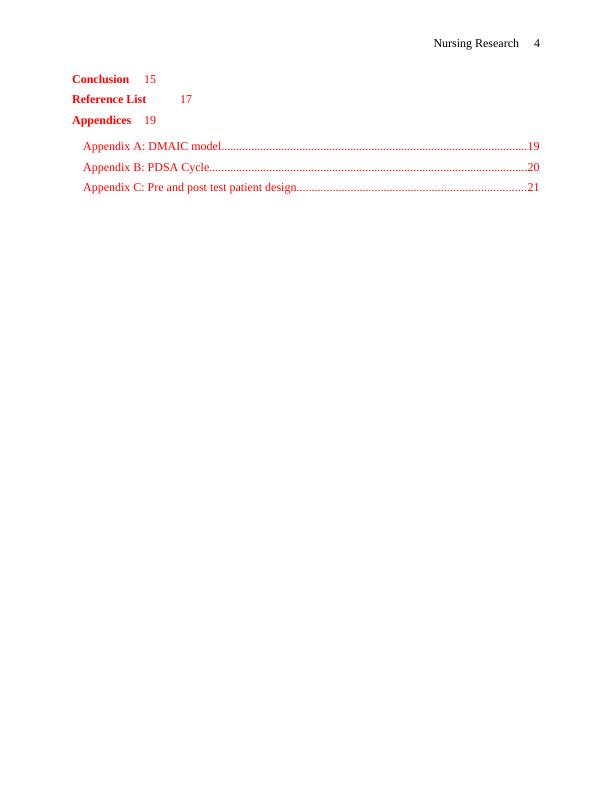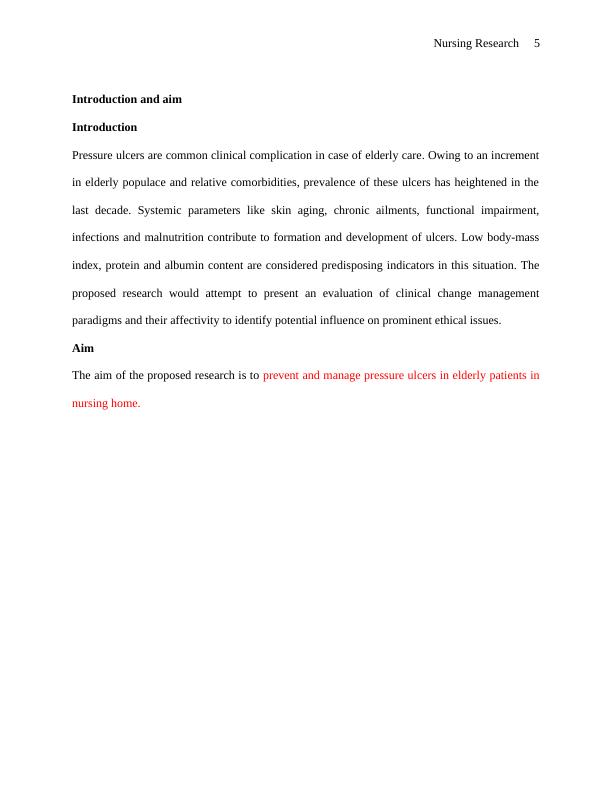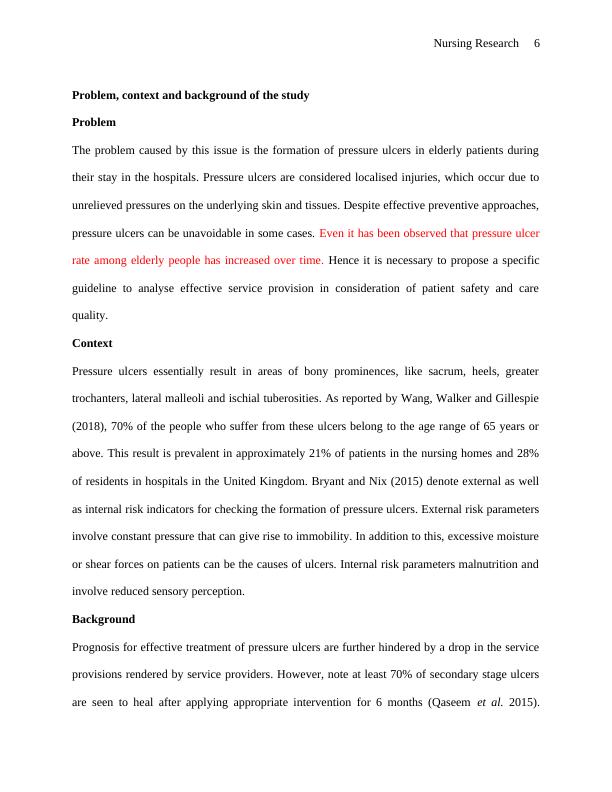Effective Service Improvement Strategy for Pressure Ulcer Prevention and Management in Elderly Patients
This is a step-by-step guide for writing a service improvement proposal for the topic of pressure ulcer prevention and management in elderly patients in nursing homes. The aim is to critically analyze local service provision, evaluate change management theories, and apply a service improvement model to develop a proposal for change.
Added on 2023-06-03
About This Document
Effective Service Improvement Strategy for Pressure Ulcer Prevention and Management in Elderly Patients
This is a step-by-step guide for writing a service improvement proposal for the topic of pressure ulcer prevention and management in elderly patients in nursing homes. The aim is to critically analyze local service provision, evaluate change management theories, and apply a service improvement model to develop a proposal for change.
Added on 2023-06-03
End of preview
Want to access all the pages? Upload your documents or become a member.

